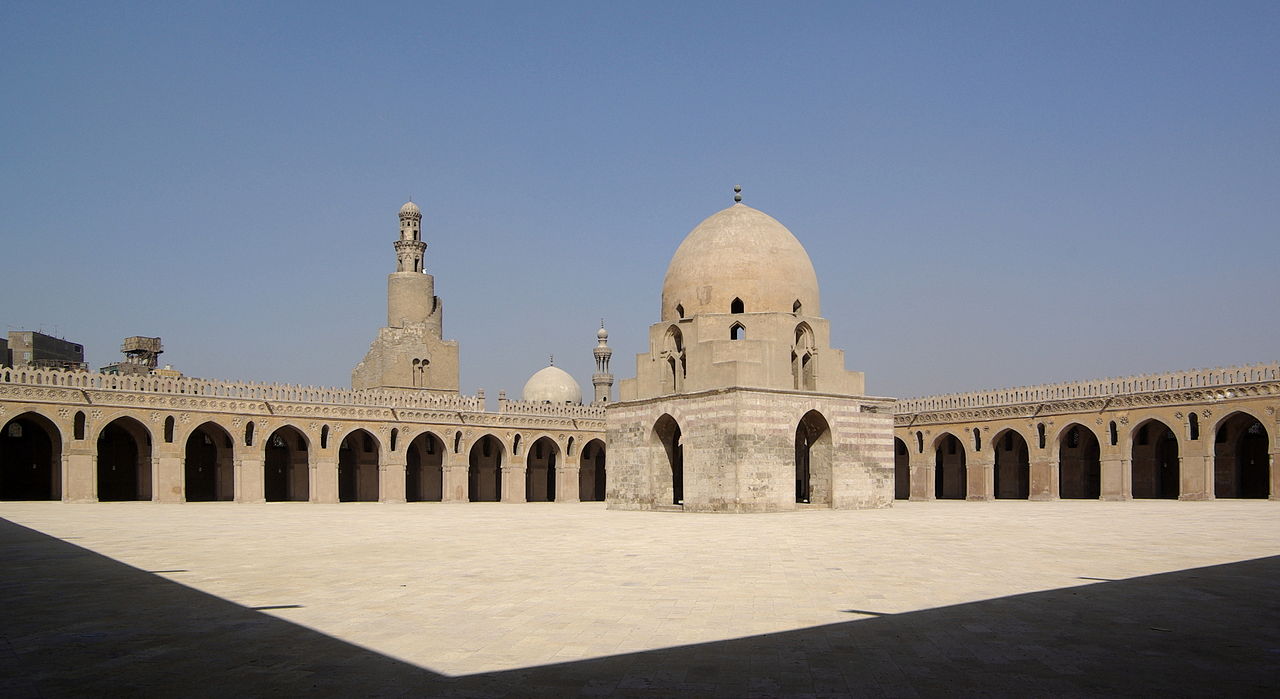
(AFP photo)
The Egyptian Museum is an extensive enterprise, housing over 120,000 items and including everything from sarcophagi to papyrus. This incredible building is home to the world’s greatest collection of Ancient Egyptian treasures. It features artefacts from prehistoric Egypt up until the Roman period. It is a must-go destination for anyone who happens to be in Cairo – as nowhere else on earth will provide you with such an inexhaustible and rich taste of Ancient Egypt.
As a fountain of immense knowledge, the Museum can be overwhelming. This article will contain some tips on how to navigate the halls of this sprawling edifice.
It’s recommended to do a little research on the ancients. Take 10 minutes to read up on the different time periods and dynasties, to introduce yourself to the ancient world you’ll be stepping into.
Now, when you immediately walk in, you will be met with the Great Hall. Try to not be tempted by the towering statues of Ramses II and Amenhotep III and his wife Tiye at the end of the hall. In due time, you’ll get your moment to gaze upon them.
Make a left; there you should see a large drawing of the floor plan of the museum. If you have a smart phone, this would be a good time to take it out and snap a photo. Please be reminded that you are not allowed to take photos within the museum, but to take a photo of the map, when none other are provided, should be okay. You may also want to consider printing out a map of the museum off of the internet before you go. This will prove to be extremely helpful.

(AFP photo)
With a little help from the map and the bit of knowledge you acquired about ancient history, you’ll notice that if you walk around the museum, clockwise, you will be going in a somewhat chronological order. You start off at the Old Kingdom, and end up on the other side of the museum, looking at artefacts from Ptolemy, who ruled Egypt after Cleopatra and Marc Antony were dethroned.
While making your way around the museum, please make sure to take a look at the Sandstone Chapel in Case 138 located in the New Kingdom section. What makes this piece so special is how well it was preserved. Because it is a chapel, the ancient artwork was able to withstand the elements, so you will be able to see, along with the ancient drawings, and the extraordinary colours that accompany them.
As you make your way through the museum, be sure to check out the unfinished bust of Queen Nefertiti located in case 161 in the Armana period. The unfinished bust is quite remarkable; you can see where a crown was to be fitted and the outline of paint around the eyes and lips indicating that more work was needed in those areas.
Upstairs is actually the best place to view those massive statues you see when you first enter the museum. Located upstairs is also the Animal Mummy room. Here you can see mummified crocodiles, which are massive and incredibly well preserved, along with cats, monkeys and dogs.
Upstairs is also where you will find the Tutankhamen Gallery. It is, without a doubt, the most important thing you should see in the museum. This is because when archaeologists found the tomb of Tutankhamen, they were able to retrieve over 3,000 items. In this gallery, you will be able to see the golden coffins in which he was laid to rest, along with the famous burial mask which he was found wearing, and which faced (reversible) damage after being mishandled recently. This gallery also contains an incredible amount of jewellery that King Tut was buried with.
The key thing to remember is that there are a tonne of things to see. It is also impossible to see everything in a single day, let alone two or three hours. The best piece of advice is to just follow your curiosity and let it draw you to particular pieces. You should not get jaded by all the artefacts, but instead take a minute every now and then, and remind yourself that you are in the presence of artwork from over 3,000 years ago.


